1. Castaways = Seven Sins
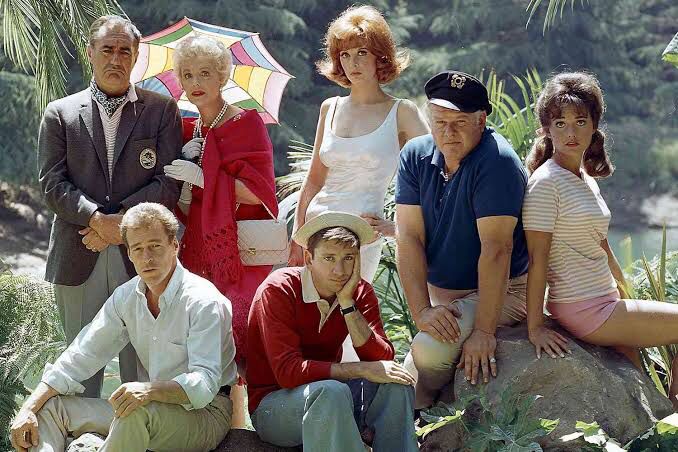
Each of the seven main characters subtly represents one of the Seven Deadly Sins, a creative decision by Sherwood Schwartz. Exact assignments are disputed but commonly include: The Professor = Pride, Mr. Howell = Greed (Covetousness), Ginger = Lust, Gilligan = Sloth (or arguably the devil himself), Skipper = Gluttony and Wrath, Mary Ann = Envy and/or Sloth, Mrs. Howell = Sloth (or Slothful support). This moral structure adds hidden layers to what might seem like simple comedic hijinks, an unspoken framework driving the island drama. By giving each character a particular flaw, Schwartz introduced a timeless human pattern under the silly situations.
2. Theme Song Snub
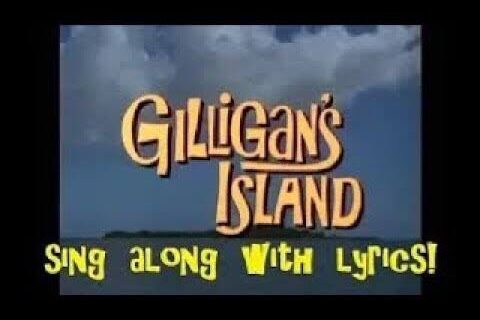
In the original melody, the lyrics credited only the millionaire and Ginger, referring to the rest, including Mary Ann and the Professor, as “the rest.” This caused upset among Dawn Wells and Russell Johnson, who felt undervalued, especially when Bob Denver backed them up, threatening to withhold his own name from the theme. The result? A lyrical edit in Season 2 adding “the Professor and Mary Ann,” a rare example of actor solidarity forcing a Hollywood change. And while viewers may not have known the backstage drama, the full cast receiving rightful recognition speaks to teamwork over ego even in a tight production.
3. Different First Pilot
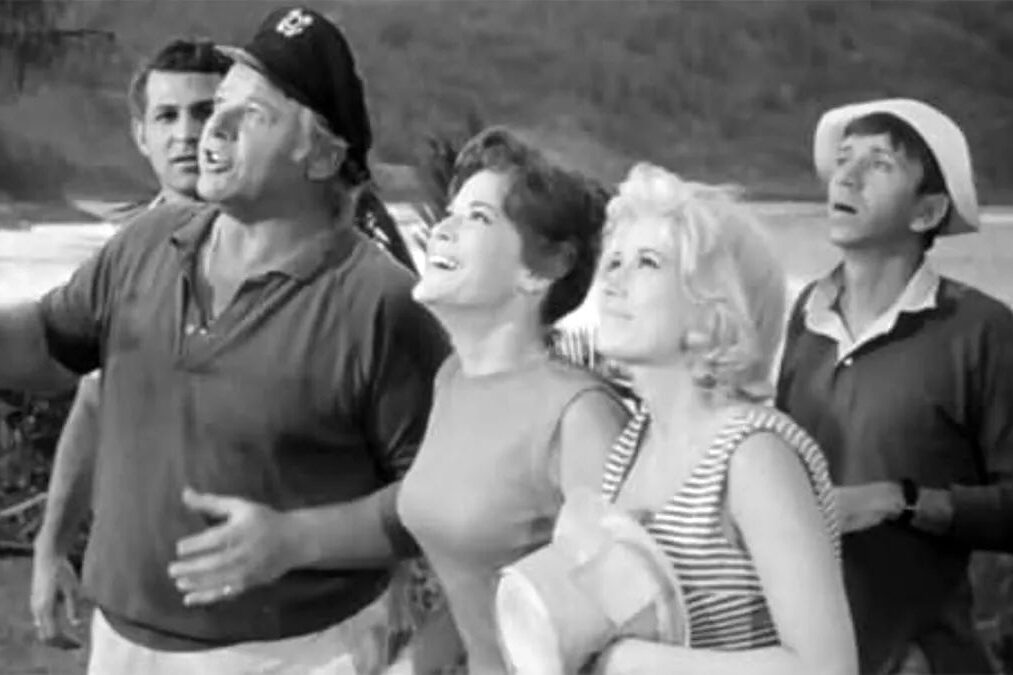
The unaired pilot of the show featured an entirely different lineup: a brunette Ginger played by Kit Smythe, a secretary named “Bunny” (not Mary Ann), and a more subdued Professor played by John Gabriel. CBS and creator Sherwood Schwartz quickly felt this trio of secretaries lacked the spark and chemistry necessary for comedic chemistry. Recasting with Tina Louise as Ginger, Dawn Wells as Mary Ann, and Russell Johnson as the inventive Professor gave the show its well‑known dynamic and set the tone for its enduring legacy.
4. Built-on-Lot Lagoon
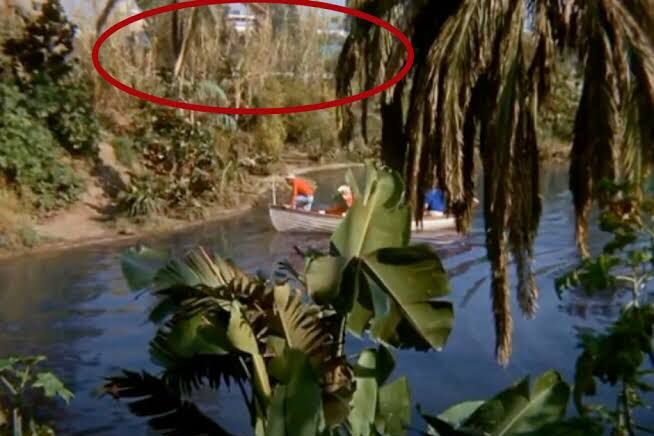
That sunlit lagoon full of boat rides and budding romances wasn’t filmed at some exotic beach, it was constructed on the CBS lot in Studio City. The shallow man‑made pond was dressed up with fake rock, props, painted scenery, and even palm fronds to deliver believable tropical charm. Cast members often wore wetsuits under their outfits to stay warm during shoots, as the water could dip into chilly temperatures. What seems like a remote paradise was really a piece of clever set design inches from Hollywood traffic.
5. Skipper’s Secret Broken Arm
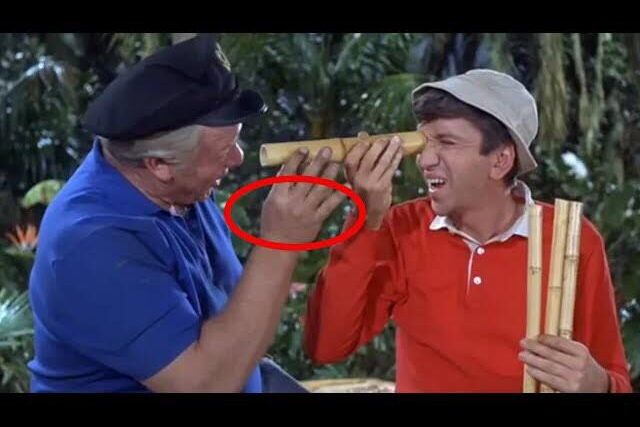
Alan Hale Jr., the Skipper, actually broke his arm during filming in Season 1 when he fell from a tree and landed on his wrist. He didn’t tell anyone and kept working, carrying coconuts and even lifting Bob Denver for weeks before anyone noticed. At the wrap party he finally mentioned it to Sherwood Schwartz, and only then did he get medical attention. This shows Hale’s dedication and “show‑must‑go‑on” spirit; he didn’t want the production delayed. The crew only discovered the injury much later when the swelling became apparent.
6. Prof Builds Everything…Except Escape
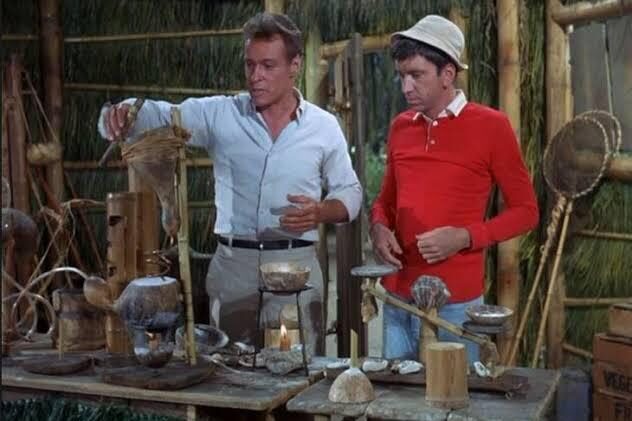
The Professor builds radios, bamboo record players, even a makeshift fan, but never a working escape boat. This recurring gag was part of Sherwood Schwartz’s satire, that humans invent clever contraptions but often miss simple, obvious solutions. Even Russell Johnson joked that boat-building simply wasn’t in the Professor’s skill set. No matter how brilliant the Professor’s mind, the castaways remain stranded. It’s both funny and ironic, a man who can build a coconut-powered record player can’t fix a hole in a boat.
7. Too Much Luggage
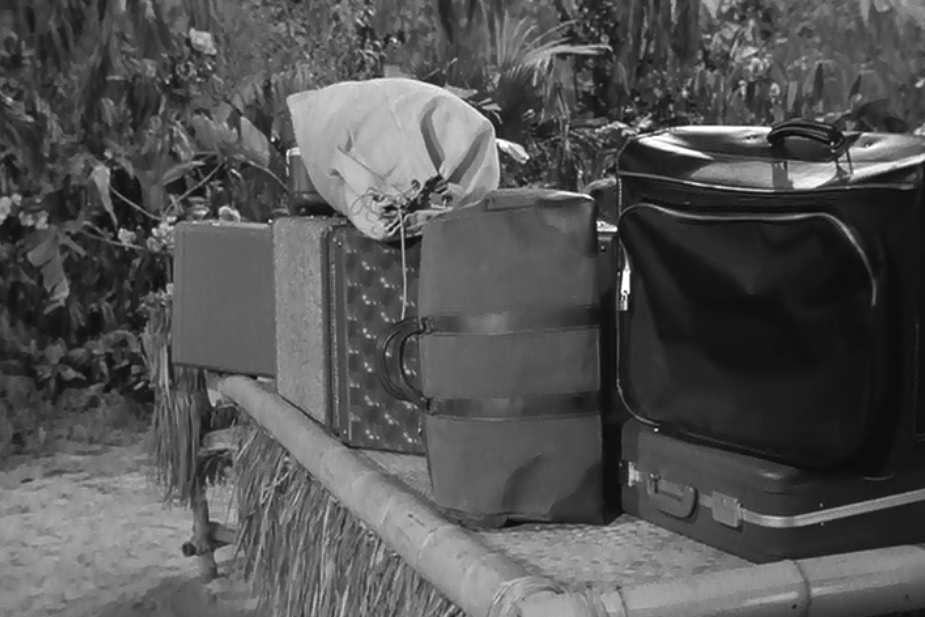
From coats to cocktail dresses, the castaways packed like they were going on vacation for weeks, not a three‑hour cruise. Reddit fans marvel at Ginger turning a sail into a dress and Mary Ann constantly rotating outfits, while Gilligan, the Skipper, and the Professor repeat the same clothes. This wardrobe abundance became a running, unspoken mystery of the show.
8. Ginger’s On‑Set Attitude
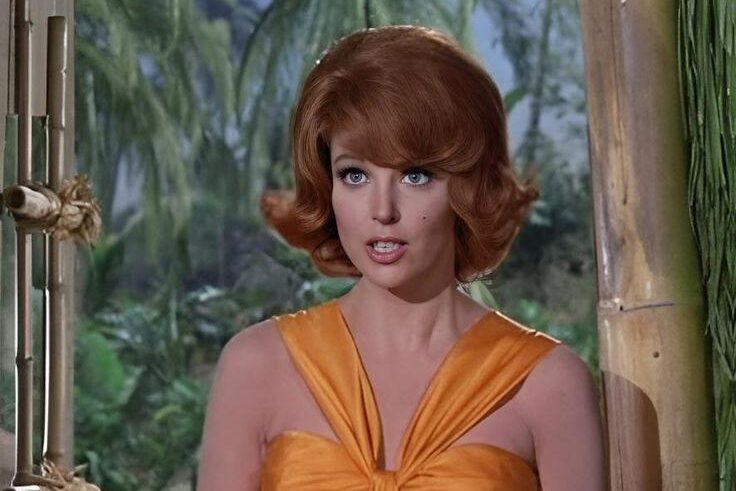
Tina Louise, who played Ginger, reportedly clashed with the crew and distanced herself from the show over time. Stories suggest she was unhappy with the Dolly Madison’s style of typecasting and often skipped cast reunions or behind-the-scenes events. Decades later, she remained selective about appearing in Gilligan-related celebrations, and sometimes voiced regret for being “remembered as Ginger.”
9. No Syndication Pay
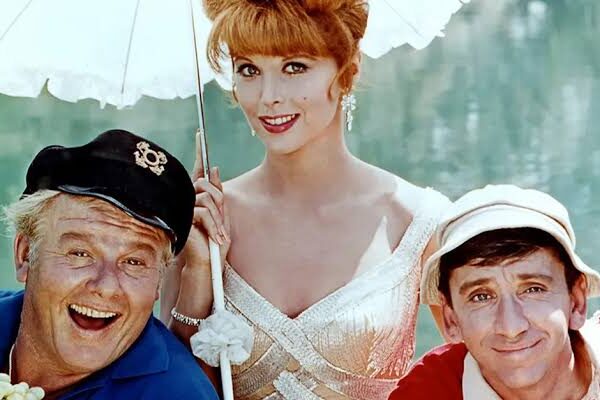
Despite endless reruns and streaming, the cast never received residuals, only their original episodic pay. Tina Louise confirmed they earned around $1,500 per episode during production, but CBS never paid them a cent afterward. Dawn Wells added that producers earned millions in syndication while the cast saw none. This oversight sparked frustration and became an early industry flashpoint around actor compensation rights. Even in later interviews, cast members expressed disappointment that modern syndication profit-sharing benefited studios, not original talent. That lingering inequality highlights how performers have long fought for fair pay in Hollywood.
10. Real Mail to Gilligan’s Island
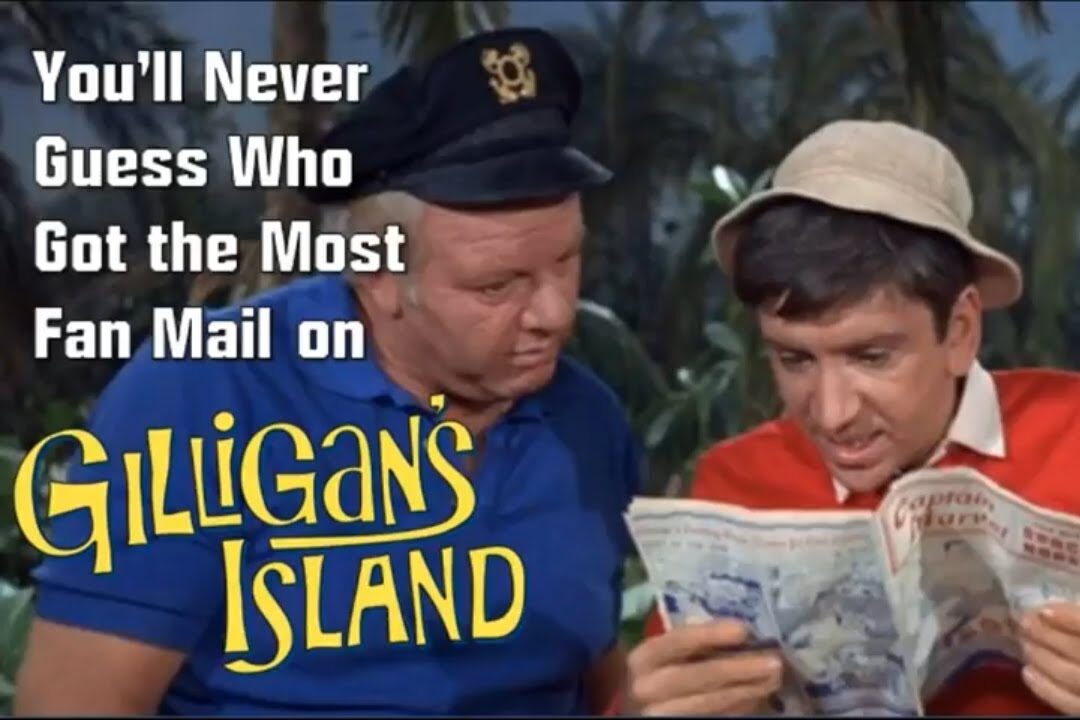
Believe it or not, the U.S. Coast Guard intercepted fan mail, thousands of letters addressed simply to “Gilligan’s Island.” Viewers wrote to the castaway crew as if they were real, asking for help, romance tips, or calling out cast favorites. The Coast Guard, unsure what to do, delivered the mail to CBS’s fan department.
11. Unequal Billing Standoff

Bob Denver went beyond advocating for others, he also demanded equal billing for his fellow castmates or he’d drop his name from the theme song. His ultimatum convinced CBS to re-record the theme, adding “the Professor and Mary Ann” alongside the Millionaires and Ginger. His move cemented cast solidarity and ensured everyone got front-of-title recognition. And thanks to his action, the cast became known and credited as a true team.
12. Satire at Heart
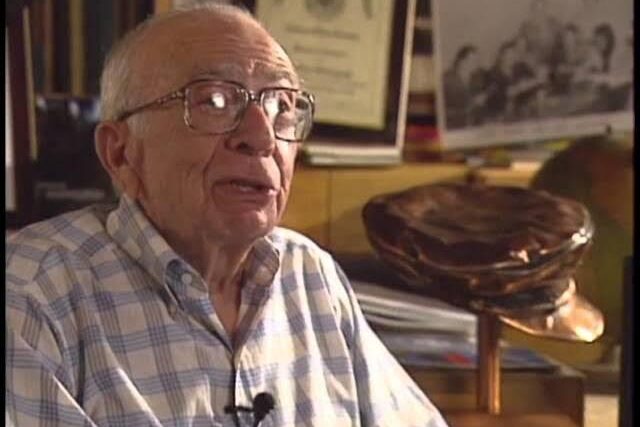
Creator Sherwood Schwartz once explained that Gilligan’s Island was intended as a gentle social satire of 1960s America. From class differences (the Howells versus Mary Ann) to technological optimism (the Professor’s inventions) and simple teamwork versus individualism (Gilligan’s blunders vs. communal survival), each episode is a playful microcosm of American ideals and failings. It wasn’t just slapstick, beneath the palms was commentary on wealth, progress, and human nature.
This story 12 Things You Never Noticed About Gilligan’s Island was first published on Daily FETCH


